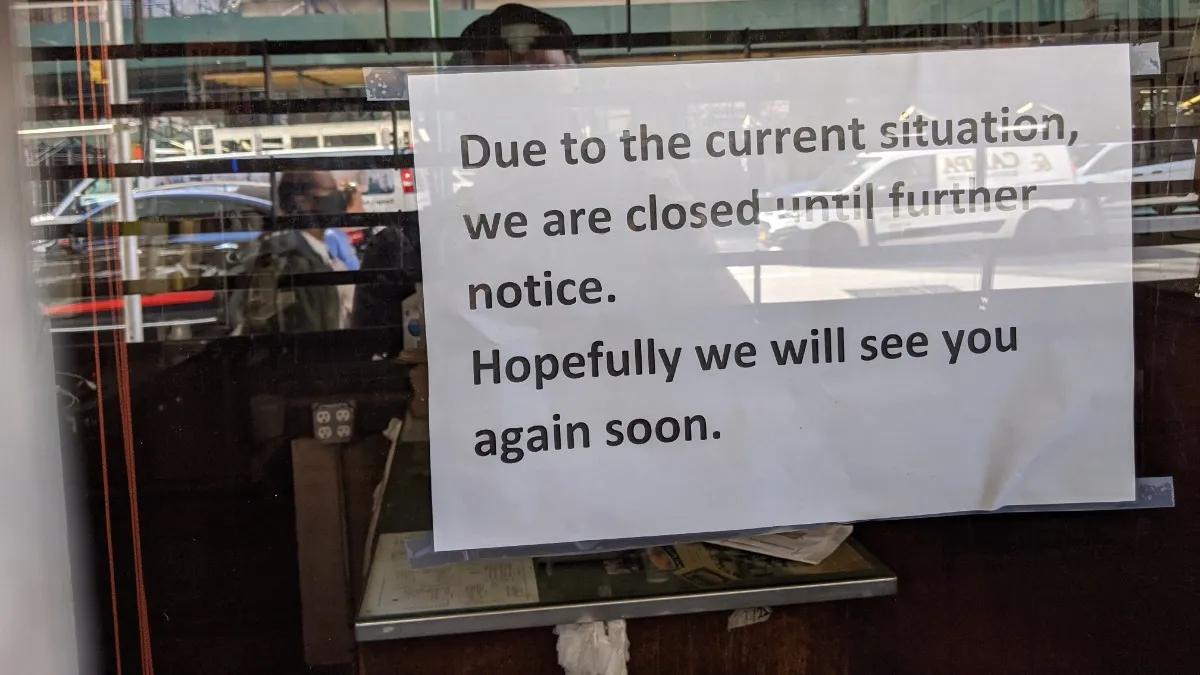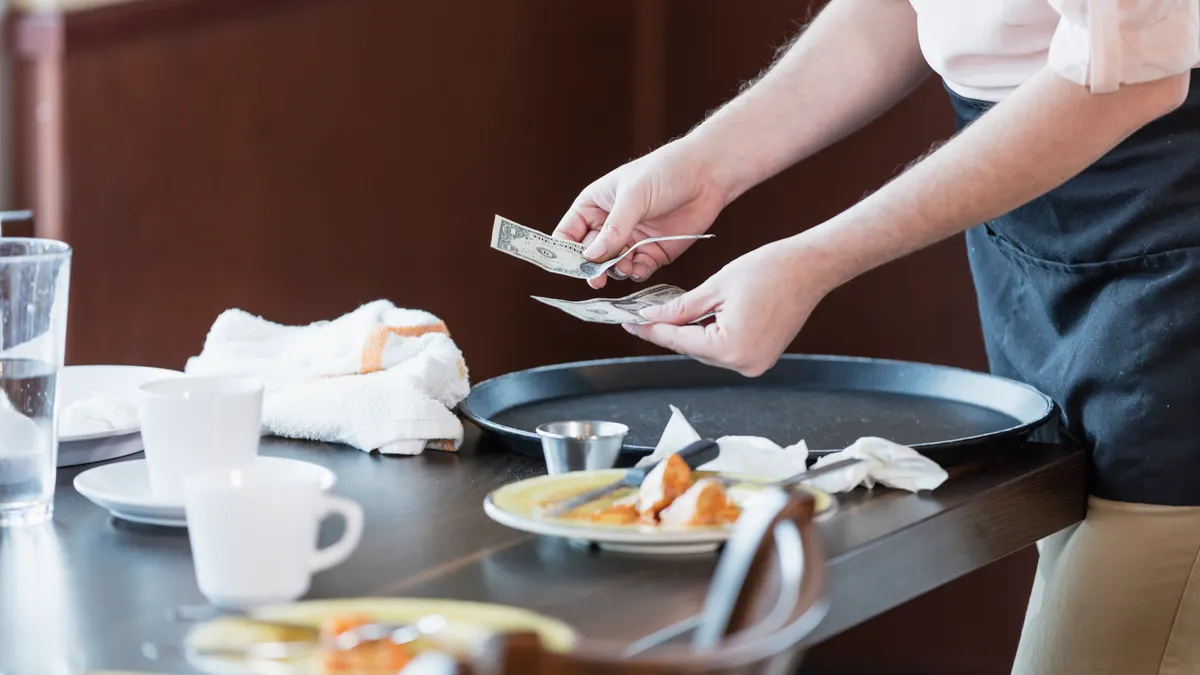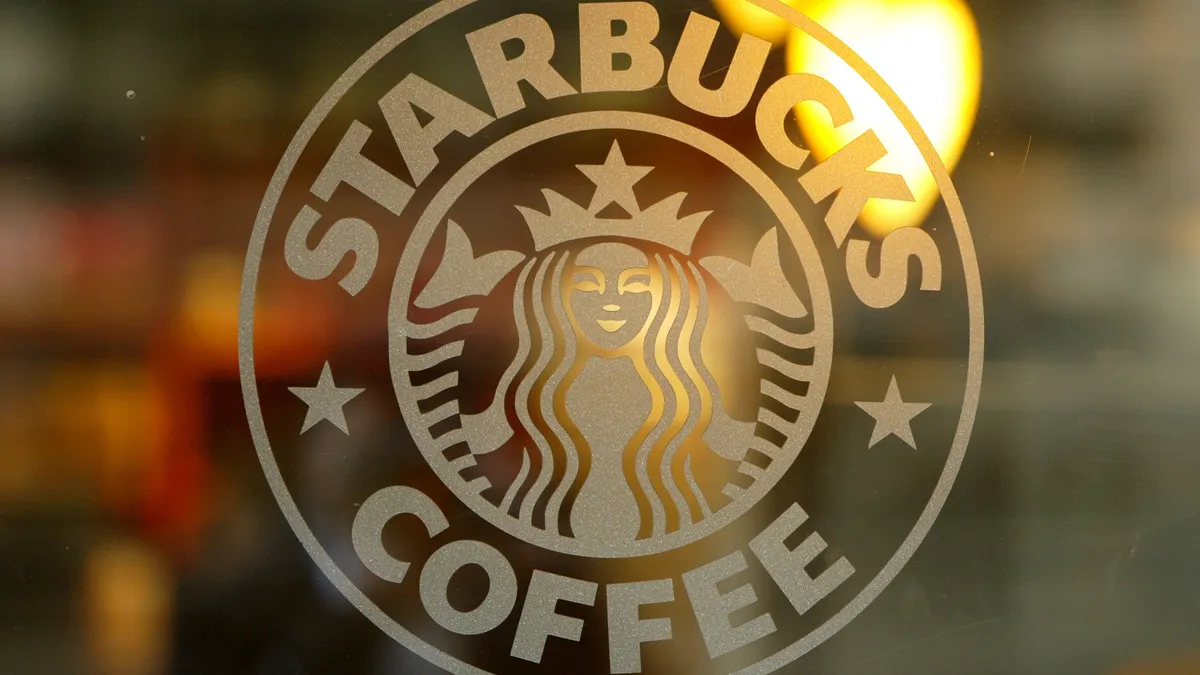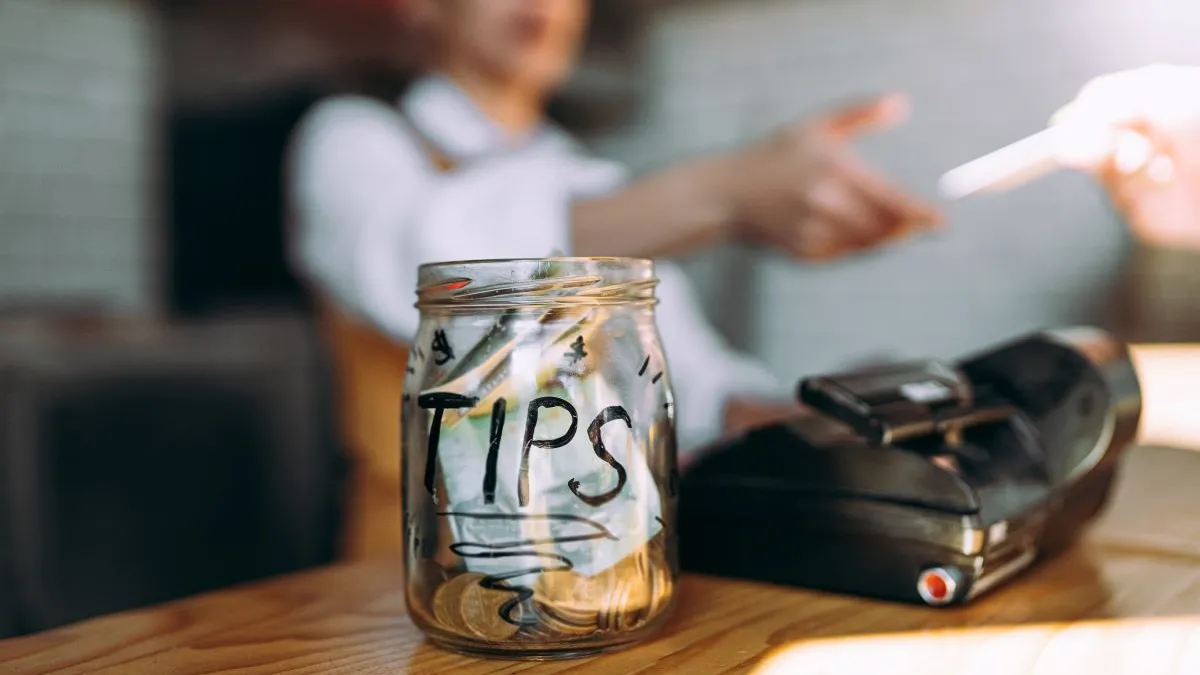Just eight days after being allowed to open for indoor dining for the first time since April, select New York City restaurants were forced Thursday to revert to takeout and delivery-only under Gov. Andrew Cuomo’s new “Cluster Action Plan.”
The governor’s latest COVID-19 guidance took effect after a week of sparring and contradictory business guidance from he and Mayor Bill de Blasio, who both issued multiple updates to explain disparate plans to New York City businesses, giving area restaurants whiplash.
“No one knew what was being shut down, how it was going to be shut down and where it was going to be shut down,” Andrew Rigie, executive director of the New York City Hospitality Alliance, said. “There was a lot of back and forth and confusion within the industry as to which businesses would face further restrictions, and what those restrictions would be.”
Under the new guidance, restaurants in “red” COVID-19 infection rate zones are not allowed to seat customers for indoor or outdoor dining. “Orange” zone restaurants are allowed to seat a limited number of diners for outdoor dining only, and “yellow” zone eateries can seat guests for both indoor and outdoor dining at limited capacity.
| Zone | Indoor dining guidance | Outdoor dining guidance |
|---|---|---|
| Red | Not allowed | Not allowed |
| Orange | Not allowed | Allowed, 4-person maximum per table |
| Yellow | Allowed, 4-person maximum per table | Allowed, 4-person maximum per table |
De Blasio released an online portal Wednesday where restaurants can enter their addresses and check to see if their businesses are impacted by the state’s restrictions. Restaurants can also view an interactive map of the cluster zones. Impacted restaurants must adhere to these restrictions for 14 days, when the state will review COVID-19 infection rates in the zones and make adjustments.
Originally, de Blasio had called for ZIP-code based closures on Sunday, a plan that Cuomo rejected over concern that this model was not targeted enough before rolling out his cluster-based guidance on Tuesday.
Rigie said that it’s possible the new cluster guidance impacted more restaurants than de Blasio’s plan would have, citing that several more schools closed under the new rules. The Teacher’s Union said Wednesday that under the governor’s plan compared to the mayor’s, 33 additional schools are now fully remote, for example.
“I did hear from some restaurants that they believed they would have been shut down over the zip code strategy but are able to stay open fully or at a more limited capacity, not a full shutdown, because of the zone strategy,” Rigie said. “It depends on the business you ask and where they’re located.”
But the whirlwind of evolving restrictions have taken “an economic but also emotional” toll on New York City Restaurants, who scrambled to keep up, Rigie said.
“It’s just devastating… it happened so fast. Someone on my team was calling around to some restaurants in the [zones] yesterday, and one person she spoke to didn’t even know — they were just getting open — they didn’t even know that they were going to have to shut down yet.”
A timeline of this week's confusing guidance announcements:
-
Sunday, Oct. 4: Mayor Bill de Blasio releases a plan that would shut down indoor and outdoor dining in ZIP codes experiencing coronavirus infection rates of 3% or higher for seven consecutive days or more, pending state approval. Under the plan, restaurants in nine ZIP codes across Brooklyn and Queens would revert to takeout and delivery only on Oct. 7 for two to four weeks.
-
Monday, Oct. 5: Gov. Andrew Cuomo holds a press conference to announce he doesn’t agree with the mayor’s proposal and that de Blasio’s plan would not go into effect. Cuomo calls for a more thorough review of neighborhood data and more enforcement of public safety measures at businesses.
-
Monday, Oct. 5: De Blasio contradicts Cuomo and announces he will move forward with his ZIP code-based plan unless Cuomo creates alternative restrictions, in which case he would follow that modification.
-
Tuesday, Oct. 6: Cuomo announces “Cluster Action Plan” based on COVID-19 hot spots, largely based in Brooklyn and Queens.
-
Wednesday, Oct. 7: Mayor Bill de Blasio releases an interactive online portal where a business enters its address and it tells the establishment whether it is in an impacted zone and if so, what restrictions are placed on the business.
-
Thursday, Oct. 8: “Cluster Action Plan” restaurant restrictions take effect. Restrictions will be in place for at least 14 days, at which time the state will assess rates of infection situation and potentially modify guidance.
The cluster plan impacts all of Brooklyn, as well as parts of Queens, Rockland, Orange, and Broome counties, according to Cuomo’s press briefing. There has been confusion about the map of impacted zones, however, as restaurants that are located on the same street could be under different restrictions, The New York Times reports.
“There’s a lot of challenges. [Restaurants] have been closed indoors for more than six months. They finally started opening at 25% occupancy indoors, bought products, hired people back, only to then be shut down or have their operations limited again,” Rigie said. “People were barely holding on as it is.”
Rigie added that restaurants were hoping they could stay in business until Nov. 30, when Cuomo had previously suggested 50% indoor dining capacity could be a possibility. The rest of New York state has been operating at 50% capacity since June, Rigie said, but the Times reports that New York City’s infection rates are five times higher than the rest of the state.
The effect of the cluster zone strategy could also hurt restaurants that aren’t currently under restrictions, Rigie said.
“It also certainly impacts consumer confidence,” Rigie said. “I’ve actually heard from some restaurateurs in other neighborhoods that were concerned their customers would read the news that infection rates have increased and some neighborhoods had new restrictions placed on them, and that it would impact their customers’ confidence [in] starting to eat indoors. And they’re concerned — ‘We just started opening up. Is this going to spread? Am I gonna have to shut down again?’”






















